
searchMenu

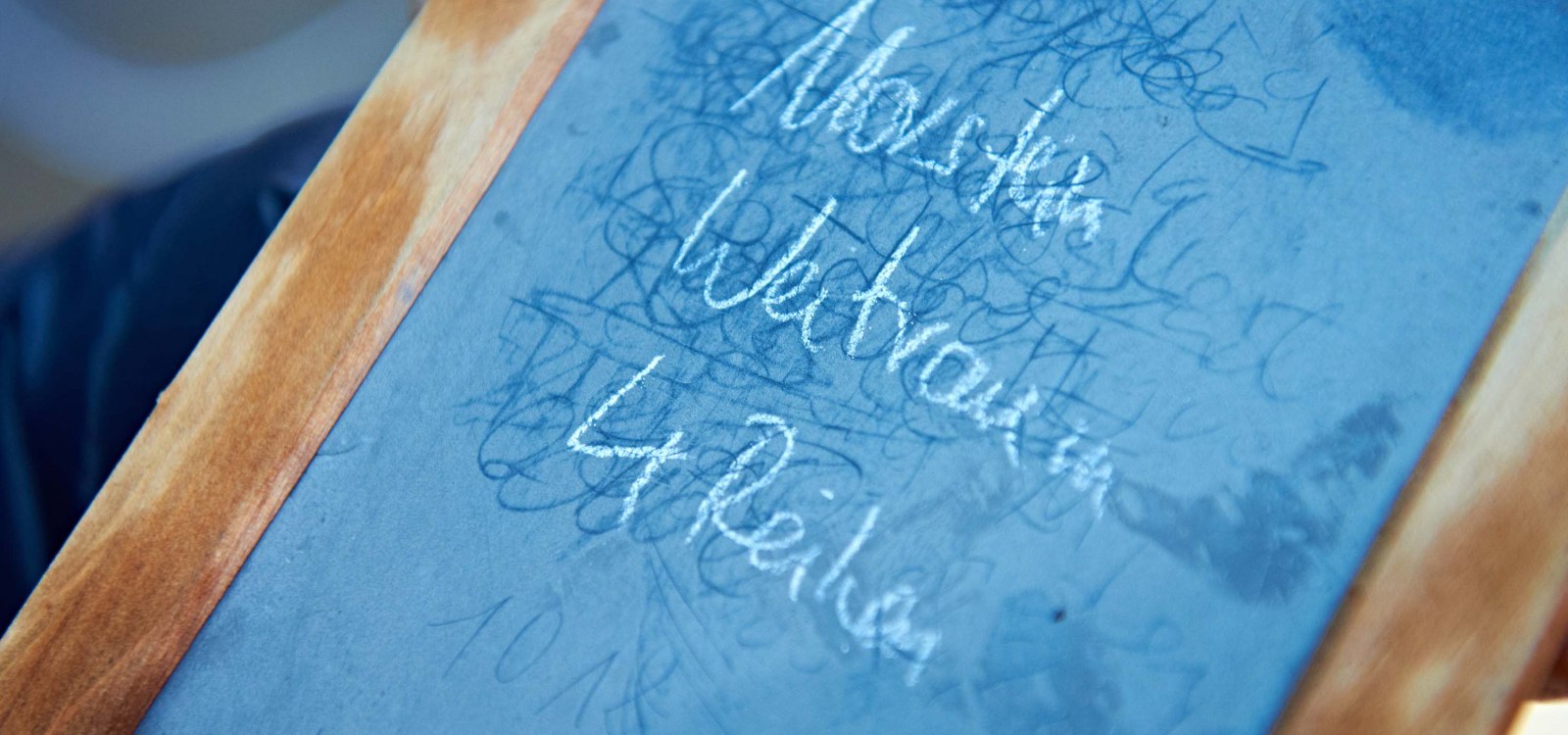
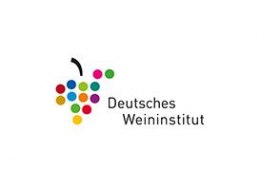
Wines of Germany (German: Deutsches Weininstutur - DWI) promotes the quality and sales market of German wines through competitively neutral marketing measures at home and abroad. Link to the DWI

Extraction of must from unprocessed grapes in order to obtain low-emission, clean-toned wines. The elaborate, gentle technique of production means waiving the use of grape harvesters, careful transport and pressing with low must yield.

The wine press separates the must (liquid juice of the grape) from the pulp (solid components of the mash, the crushed grapes "poured" on the winepresses) and lets it flow into a tank. For many centuries, the massive tree press made of oak wood, that was invented in Greee, dominated the appearance of pressing houses. It was followed by the screw press around 1900, the hydraulic press and since the 1960s, the electrically operated horizontal press with constantly refined technology and fully automatic control of the operations.…

German expession for "wine fraternity Rheinhessen". Founded in October 1970 in Oppenheim, where it is also located ("Weinbruderschaft Rheinhessen zu Sankt Katharinen"). Purely idealistic union of friends of Rheinhessen wine from all professions and social classes with a limited number of members. The aim is to cultivate and promote wine culture, to increase the knowledge of wine, to stand up for the honor wine and to keep in touch with other wine fraternities. "Brudermeister" is Otto Schätzel, Nierstein. Link to…
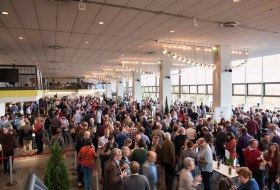
Since 1987, the best wines and sparkling wines of the Chamber of Agriculture of Rhineland-Palatinate have been presented on this tasting every year on the last weekend of October (Friday / Saturday / Sunday) in Mainz. It is organized by the Chamber of Agriculture and Rheinhessenwein eV.
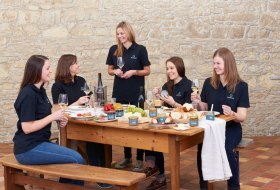
Jelly made of wine, sugar and gelling aid. Has been offered by Rheinhessen winemakers as an addition to their product range for some years now.

Former cattle stables with cross vaults, built by master mason Franz Ostermayer for the first time in Rheinhessen. After the dairy industry was abandoned, so far 45 such "cow chapels" have been converted into wine taverns, "Straußwirtschaften" and wine tasting rooms. The owners joined together in 1999 to form a "IG Rheinhessen Weingewölbe", which aims to cultivate and make use of these landscape-typical buildings.

According to wine law, the indication "winery" on the label requires the wine to only come from the vineyards of the named producer exclusively. Under certain conditions, the bottling of wine produced at the winery may be referred to as "Gutsabfüllung" rather than "Erzeugerabfüllung".

Mainly in Rheinhessen St. Urban and St. Martin are considered as wine saints. St. Martin (November 11) has always been one of the most respected patron saints of winemakers and collectors. St. Urban (25th May) is the most widespread wine patron in Rheinhessen.
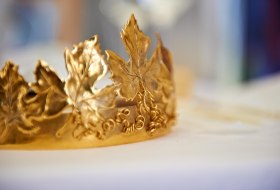
Rheinhessen wine brad ambassadors. In Rheinhessen, the first election for a wine queen took place in 1952. The guidelines of the Rheinhessenwein eV state, among other things, that the applicant must come from Rheinhessen and be from a family of winegrowers or have a qualified vocational training. The young women need to have extensive knowledge in viticulture, winemaking and wine consumption. On the day of the election they must be at least 18 years old. Also, strong attachment to the wine an authentic…